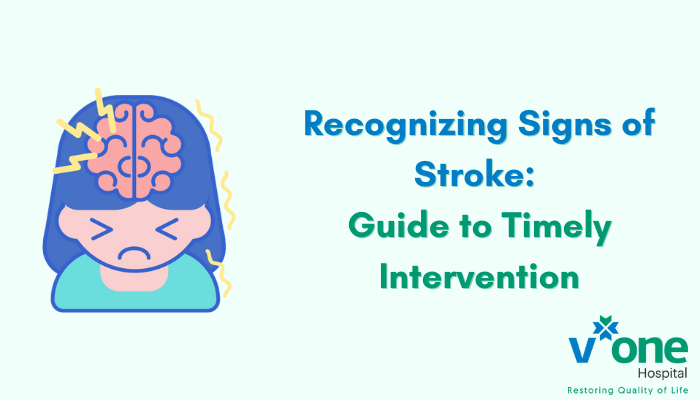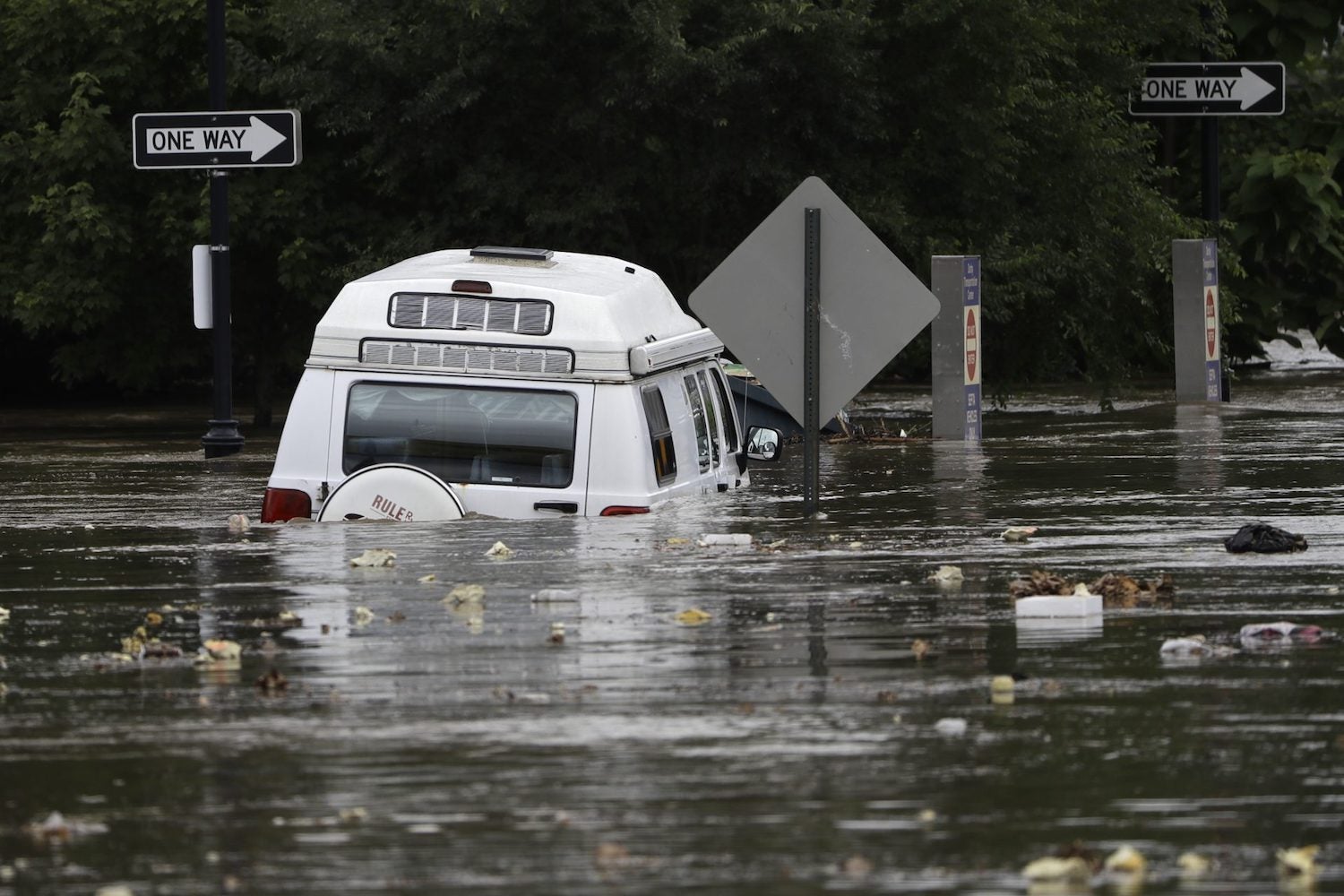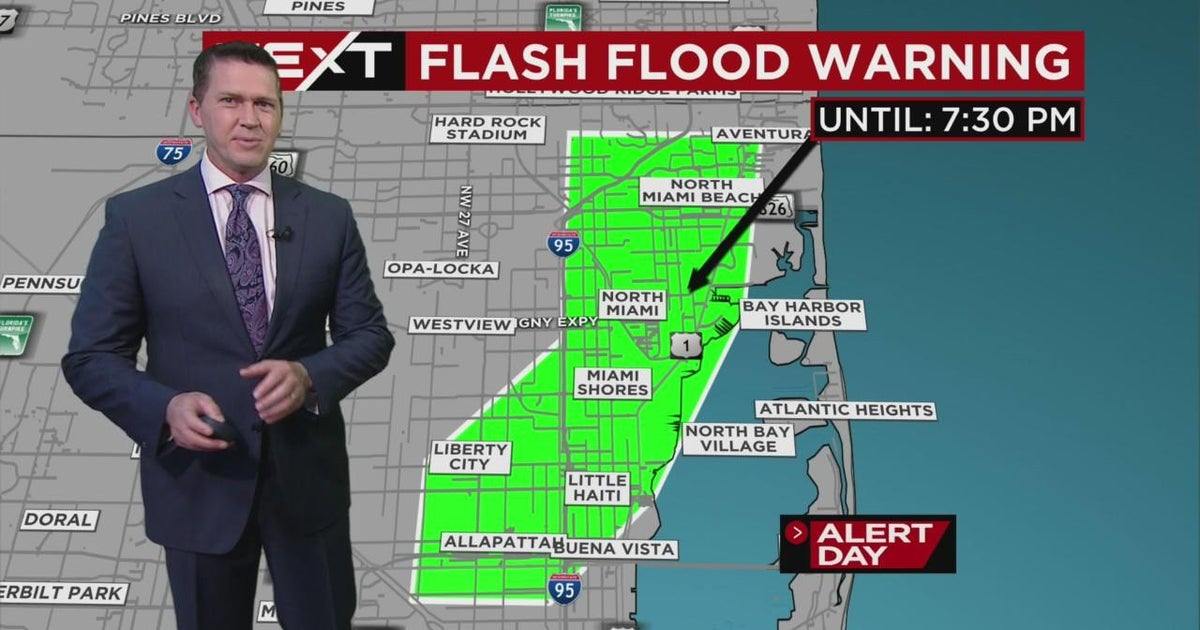Flash Flood Emergency: Recognizing The Signs And Taking Action

Table of Contents
Recognizing the Signs of an Impending Flash Flood
Knowing the warning signs of a flash flood is crucial for prompt action. These events can develop rapidly, leaving little time to react. Being vigilant and aware of your surroundings is paramount. Key indicators of an impending flash flood include:
- Sudden and Intense Rainfall: A downpour lasting only a short period, but with exceptionally high rainfall intensity, is a major red flag. This intense rainfall overwhelms drainage systems, leading to rapid water accumulation.
- Rapidly Rising Water Levels: Observe water levels in streams, rivers, creeks, and even normally dry areas. A quick and significant increase in water levels is a clear sign of potential danger. Even a small rise in a short time can indicate a larger problem upstream.
- Swollen Rivers and Streams Overflowing their Banks: Rivers and streams exceeding their banks are a major flash flood indicator. Pay close attention to water levels near bridges and low-lying areas. If the water is encroaching on roads or other normally dry areas, it's time to take action.
- Reports of Flash Flooding: Stay informed! Pay attention to local news reports, weather alerts on your phone, and official announcements from local authorities. They are your primary source of information during a potential flash flood.
- Mud and Debris in Normally Clear Water: The presence of mud and debris in normally clear water indicates upstream flooding, often a precursor to a more significant flash flood downstream.
- Unusual Water Sounds: Listen for unusual water sounds, such as gushing or roaring. These sounds can indicate a rapid increase in water flow, even if you can't directly see the rising water levels.
Understanding Flash Flood Watches and Warnings
Understanding the difference between a flash flood watch and a flash flood warning is vital. These alerts are issued by the National Weather Service (or your region's equivalent) to help you prepare and react appropriately:
- Flash Flood Watch: A flash flood watch means conditions are favorable for flash flooding. This is not an immediate threat but a call to be prepared. Monitor weather conditions closely, review your emergency plan, and ensure you have a means of receiving further alerts.
- Flash Flood Warning: A flash flood warning means flash flooding is occurring or is imminent. This is a serious alert demanding immediate action. You must take steps to ensure your safety immediately.
Safety Measures During a Flash Flood Emergency
When a flash flood warning is issued, immediate action is crucial. Your primary goal is to move to safety and protect your life:
- Move to Higher Ground Immediately: This is the single most important step. Get to higher ground as quickly and safely as possible. Do not attempt to wait it out.
- Avoid Driving Through Flooded Areas: Never drive through flooded areas. The depth of the water may be deceptive, and even a small amount of flowing water can sweep away your vehicle.
- If Trapped in a Vehicle, Abandon It and Seek Higher Ground Immediately: Your life is more valuable than your car. If your vehicle is caught in rising floodwaters, get out immediately and seek higher ground.
- If Inside, Move to an Upper Floor or to the Highest Level of Your Home: If you are indoors, move to the highest level of your house.
- Stay Informed About the Situation Via Radio or TV: Stay updated on the flood's progress through local news and weather reports.
- Have an Emergency Kit Readily Available: A well-stocked emergency kit containing essentials like water, food, first aid supplies, and a flashlight can be a lifeline during a flash flood.
- Consider Flood Insurance: Protect your property with flood insurance. Even if you are in a low-risk area, a sudden and unexpected flash flood can cause significant damage.
Post-Flash Flood Actions
After the immediate danger has passed, there are still crucial steps to take for safety and recovery:
- Avoid Floodwaters: Floodwaters are often contaminated with sewage, chemicals, and debris. Avoid contact until authorities declare it safe.
- Report Damage to Local Authorities: Report any damage to your property or infrastructure to the appropriate local authorities.
- Be Aware of Potential Health Risks from Floodwaters: Floodwaters pose serious health risks. Be cautious and seek medical attention if you suspect any contamination.
- Take Necessary Precautions During the Cleanup Process: Wear protective gear during cleanup and be aware of potential hazards like downed power lines and structural damage.
Conclusion
Flash floods are a dangerous and unpredictable phenomenon. Recognizing the warning signs, understanding weather alerts, and taking prompt action are essential for protecting lives and property. By developing a comprehensive flash flood emergency plan, including assembling an emergency kit and identifying safe evacuation routes, you can significantly reduce the risks associated with these devastating events. Stay informed about weather forecasts, and remember that your preparedness and prompt response can save lives. Learn more about flash flood safety and preparedness today!

Featured Posts
-
 Significant Downpours Trigger Flash Flood Warning In Parts Of Pennsylvania
May 25, 2025
Significant Downpours Trigger Flash Flood Warning In Parts Of Pennsylvania
May 25, 2025 -
 Us China Trade Soars A Race Against Time Before Trade Truce Ends
May 25, 2025
Us China Trade Soars A Race Against Time Before Trade Truce Ends
May 25, 2025 -
 Protecting Yourself A Guide To Flash Flood Warnings And Alerts
May 25, 2025
Protecting Yourself A Guide To Flash Flood Warnings And Alerts
May 25, 2025 -
 Borsa Europa Attende La Fed Italgas Positiva
May 25, 2025
Borsa Europa Attende La Fed Italgas Positiva
May 25, 2025 -
 Queen Wens Parisian Court An Update
May 25, 2025
Queen Wens Parisian Court An Update
May 25, 2025
Latest Posts
-
 Naomi Campbells Potential Absence From Met Gala 2025 Truth Behind The Wintour Feud Claims
May 25, 2025
Naomi Campbells Potential Absence From Met Gala 2025 Truth Behind The Wintour Feud Claims
May 25, 2025 -
 Did Anna Wintour Ban Naomi Campbell From The Met Gala The 2025 Controversy
May 25, 2025
Did Anna Wintour Ban Naomi Campbell From The Met Gala The 2025 Controversy
May 25, 2025 -
 Naomi Campbell Reportedly Banned From Met Gala 2025 The Story Behind The Headlines
May 25, 2025
Naomi Campbell Reportedly Banned From Met Gala 2025 The Story Behind The Headlines
May 25, 2025 -
 Is Naomi Campbell Banned From The 2025 Met Gala A Look At The Wintour Feud Speculation
May 25, 2025
Is Naomi Campbell Banned From The 2025 Met Gala A Look At The Wintour Feud Speculation
May 25, 2025 -
 Met Gala 2025 Will Naomi Campbell Be Absent Due To Wintour Dispute
May 25, 2025
Met Gala 2025 Will Naomi Campbell Be Absent Due To Wintour Dispute
May 25, 2025
